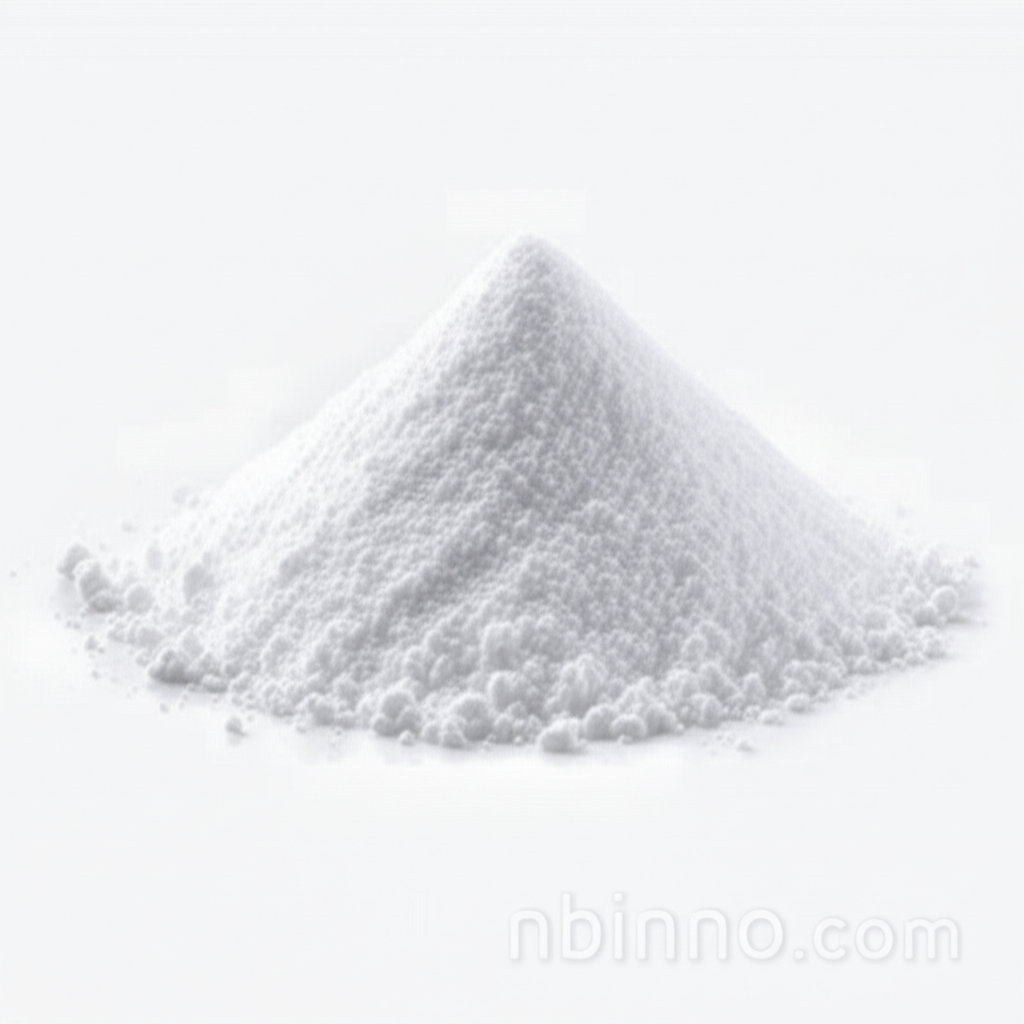Azithromycin: Your Guide to Effective Bacterial Infection Treatment
Explore the uses, mechanisms, and critical information about Azithromycin, a vital antibiotic for numerous bacterial infections.
Get a Quote & SampleProduct Core Value

Azithromycin
Azithromycin is a crucial macrolide antibiotic renowned for its efficacy in combating a wide array of bacterial infections. It functions by inhibiting bacterial protein synthesis, thereby halting bacterial growth and replication. Its broad-spectrum activity makes it a cornerstone treatment for respiratory infections, skin and soft tissue infections, and certain sexually transmitted infections.
- Discover the key applications of Azithromycin for bacterial infections, covering everything from common respiratory ailments to complex skin conditions.
- Understand the precise Azithromycin mechanism of action, which targets bacterial protein synthesis for effective eradication.
- Learn about the recommended Azithromycin dosage for adults, tailored to specific infection types for optimal therapeutic outcomes.
- Gain insights into critical drug interactions with Azithromycin, ensuring safe and effective co-administration with other medications.
Key Advantages of Azithromycin
Broad-Spectrum Efficacy
Explore the wide-ranging bacterial infections that Azithromycin effectively treats, providing a reliable option for many conditions.
Targeted Mechanism
Understand how Azithromycin works by inhibiting protein synthesis, a critical pathway for bacterial survival and reproduction.
Versatile Applications
Learn about the diverse Azithromycin uses, extending beyond typical infections to potential roles in managing inflammatory conditions like asthma and COPD.
Key Applications
Respiratory Infections
Azithromycin is a primary treatment for various chest infections like pneumonia and upper respiratory tract issues such as sinusitis and pharyngitis, making it vital for treating these common ailments.
Skin and Soft Tissue Infections
Effectively combats bacterial causes of skin infections, including those resistant to other antibiotics, playing a crucial role in dermatological treatments.
Sexually Transmitted Infections (STIs)
Crucial for treating specific STIs like chlamydia, Azithromycin offers a vital therapeutic option for reproductive health.
Inflammatory Conditions Management
Research indicates Azithromycin's potential benefits in managing inflammatory airway diseases like asthma and COPD, highlighting its broader therapeutic scope.
Related Technical Articles & Resources
Why Choose Us?
Leverage our expertise and state-of-the-art infrastructure to accelerate your journey from discovery to commercial success.
Global Experience
With 20 years of R&D, manufacturing, and sales experience, we proudly serve clients across 60 countries and regions worldwide.
Advanced Facilities
Our in-house R&D laboratory, pilot platform, and large-scale production workshop are equipped to meet the audit requirements of global customers.
Seamless Scalability
We facilitate a perfect transition from small-scale lab requirements (grams) to full commercialization (hundreds of tons).
